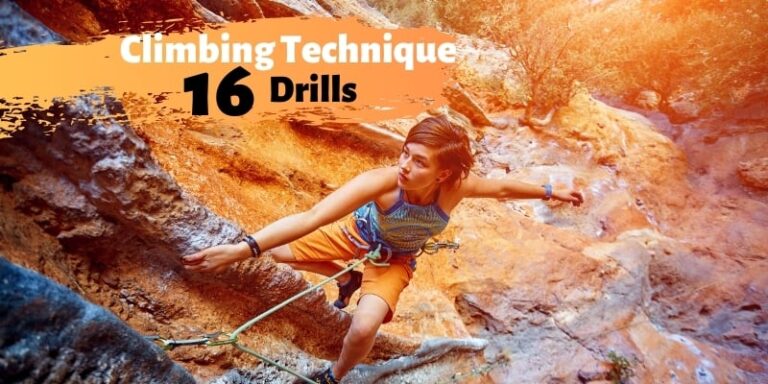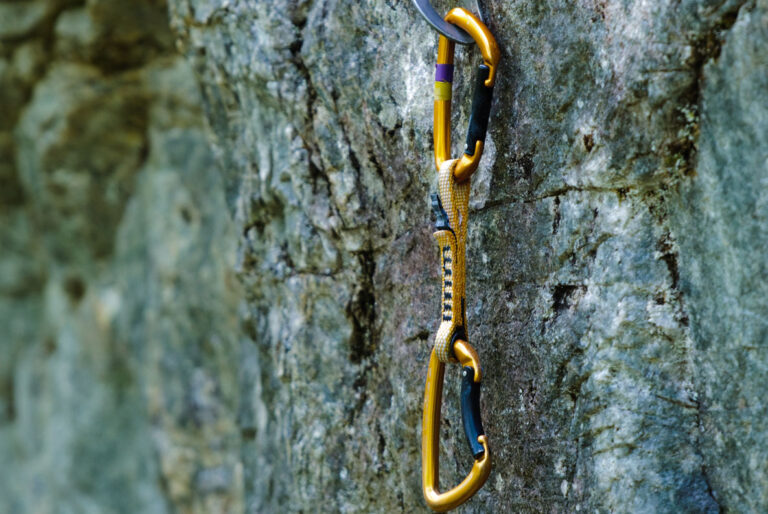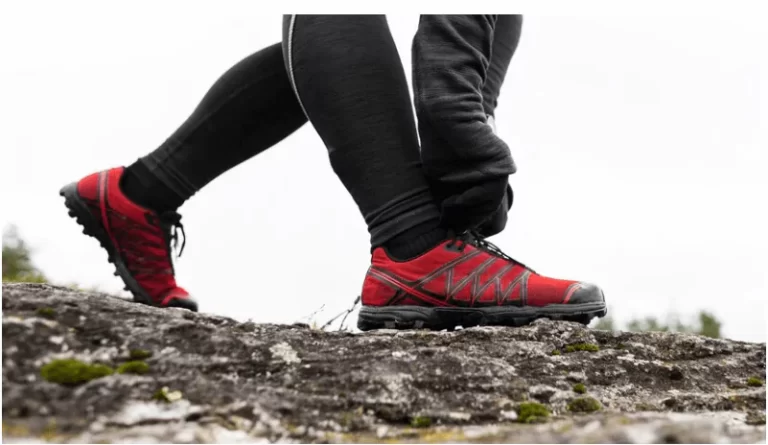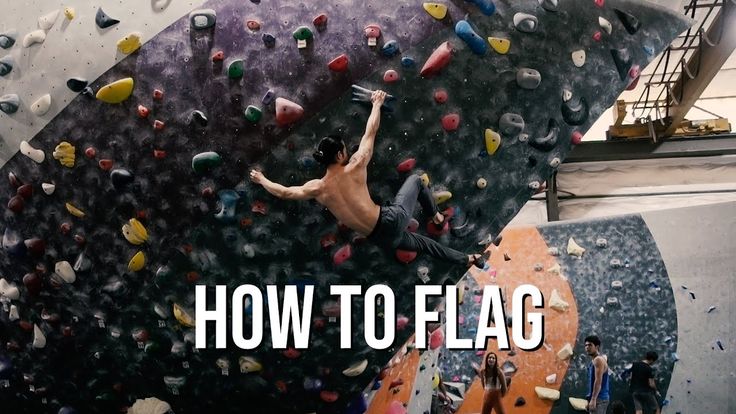How to Take Care for Flappers in Climbing? Prevention and Skin Care ( 2024 Guide )
Flappers are part of rock climbing. It hurts, but if you know how to deal with it, it’s not so bad. Plus, they can be easily avoided if you already know how they occur.
This skin care guide will tell you everything you need to know about vines, how to deal with them, and how to prevent them in the future.
What is a Flappers climbing?
Climbing Flappers occurs when the skin on the hand tears due to repeated contact with a surface, such as on sharp holds for climbing outdoors and even indoors. Although this is more common outdoors, it can also happen while climbing indoors.
If, after clearing the clog, you feel the skin tearing, then you have a rag. The name comes from the fact that in most cases there is still skin left on it. Calluses can be painful and often appear on the side of the hand and fingertips.
Flappers are common and almost unavoidable when climbing. Beginners tend to get them more often because they have not yet developed calluses in the knuckle area, while experienced climbers may experience a callus tear, leading to hardening, if the callus becomes too thick.
However, you can treat fins to speed up the healing process and prevent them by taking proper skin care, which we will discuss in this article.
How to glue a Flappers (for further climbing)
For beginners, Usually means the end of the session. Experienced climbers usually strap these babies in and continue climbing. Below are instructions for attaching the fins so you can continue climbing the next time you buy Flappers.
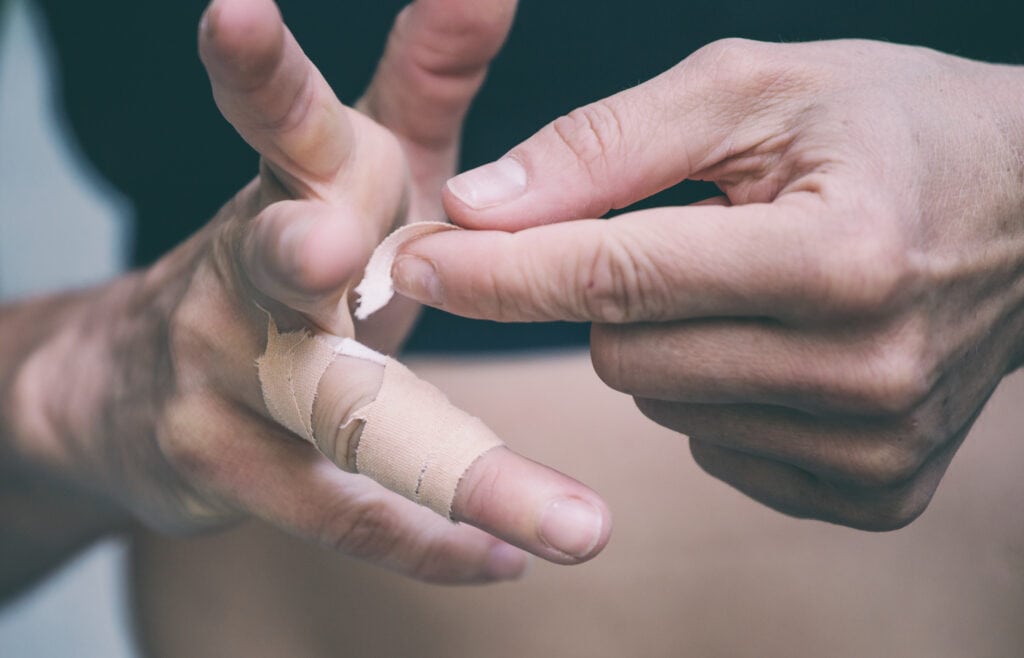
1. Wash your hands first
The Flappers are damaged and should be treated as such. So do what you were taught as a child and make sure to clean the affected area before taking any further action. Get rid of the chalk and all the dirt left on your hands from climbing.
2. Trim loose skin
There is loose skin on the fins that should be removed as quickly as possible, especially if you plan to continue climbing. Next, grab a pair of scissors, nail clippers, a knife, or a couple of razor blades from your medicine cabinet to properly trim the fin.
3. Apply disinfectant
Your child first aider should have disinfectant wipes handy for this part of the task. Ask the climbing wall front desk for wound spray if you don’t have any on hand. If the problem is outside and you don’t have a child first responder, skip this step, but know that I’m judging you.
4. Apply a bandage
Do not attach the climbing strap directly to the Flapper, otherwise it will be very painful to remove it. Bandages have cushioning that prevents future pain, so they should be used as a base layer.
Pro Tip: If you don’t have access to a blindfold, it’s best to fold a piece of tape like a pad rather than putting the adhesive side of the climbing tape directly onto the fin.
5. Attach climbing tape.
Finally, place the seat belt on your finger. It’s a good idea to have them on hand as they are essential for climbing. However, if you don’t have them, you can ask at the reception of your climbing wall. They may give you some of them for free and of course sell them so you can also try out future pinball machines.
How to Take Care for Flappers in Climbing ( Hand and Foot Care )
Flappers can take a long time to heal if they are not treated properly. I remember my first fin took a long time to heal (over two weeks) because I had no idea what I was doing. Now my fins are healing 3 days after this happened.
Below are some tips for caring for your climbing Flappers.
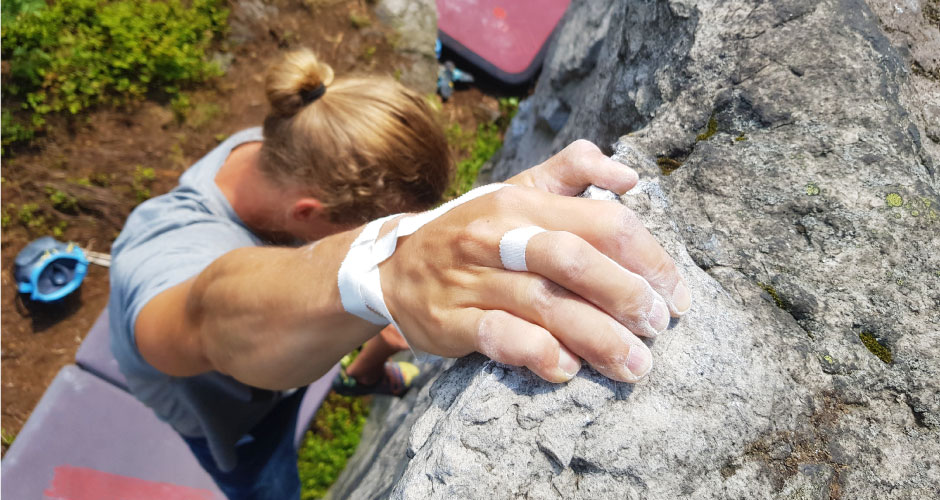
1. Trim loose skin
The fins will not heal properly if there is still loose skin around them. So grab some razors and make sure to remove all the loose skin so the cut is nice and flat and the healing process can begin.
2. Apply climbing balm before sleeping.
Climbers should always apply climbing balm before bed after a climb, but this is especially important if you suffer from flaking. Hidden balm speeds up the healing process and these miracle balms are the main reason why my skin is healing so quickly now.
Before going to bed, apply a thick layer of conditioner directly to the ends of your hair. Repeat this for the next two days until the flap is completely healed.
3. Use tape when climbing
I always bandage my eyelashes until they are healing. Climbing is not only painful, but can also make the condition worse.
How to stop with climbing gills?
Rollovers are common but can be avoided to some extent. Below are some effective ways to avoid finding out in the future.
1. Place your hands on the wheel.
All my friends who always have wings, they write a lot. Slippery hands create more friction on the handle, causing feathering. So the best way to avoid feathers is to keep your hands on the wheel.
Don’t be a cheap skater and definitely don’t be that guy or girl who thinks they’re at the top of the list. The wings will come back and bite you in the ass.
2. Cover weaknesses
Sometimes we feel the groundwater level rising. Especially during long climbs. If you feel this way, tape the area to prevent a flap from forming.
3. File calluses regularly
Calluses are good because they make it harder to see your tongue and make climbing less painful, but they are not good because they can also tear and turn into tongue bumps. Fortunately, we climbers have long learned that cushioning our calluses keeps them from becoming so thick that they break.
I check my hands every day and remove calluses if necessary. You can use sandpaper for this purpose or buy paper made specifically for climbing. Personally, I like tacos because sandpaper is cheap and easy to carry.
But don’t overdo it. I have seen climbers take the callus down so far that nothing remains, and then the chance of chipping increases.
4. Hand balm every night
The Rising Balm is formulated with beeswax, shea butter and essential oils to speed up the healing process of your hands. Applying this product before sleeping after climbing will keep your hands healthy and prevent scratches and other injuries.
5. Avoid hot water if possible.
Hot water is bad for your skin and I don’t think I need this article to tell you that. Hands are especially at risk when exposed to hot water. I’m not going to tell you to stop taking hot showers (definitely not), but it’s something to keep in mind.
FAQs Of Climbing skin care?
Here are some frequently asked questions about taking care of your skin while climbing:
How long does it take for a Flappers to heal?
The treatment process largely depends on the severity of the flap. However, with proper treatment, the condition should not last more than two days or even a week.
Is it possible to climb with Flappers?
Yes, you can definitely climb with a Flapper. Just be sure to remove loose skin to keep it from getting worse.
How often should I file calluses?
They require regular filing to prevent the calluses from becoming too thick and forming feathers. It is always a good idea to check your skin before climbing and trim off any calluses that are uneven.
Can I use regular lotion in place of anti-dandruff balm?
Regular hand lotions are not recommended for climbers as they can soften the skin and cause peeling. Wine balm is best because it speeds up the healing process without softening the skin or making the lashes more sensitive.


